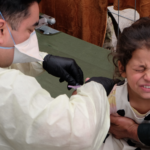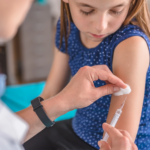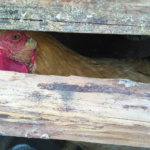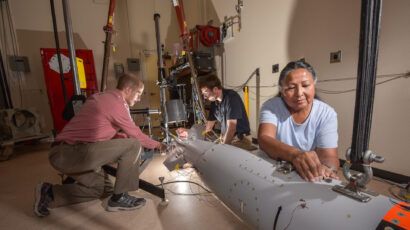The risks of underdeveloped biorisk management policies in pandemic hotspots
By Shahid Jameel | May 28, 2024
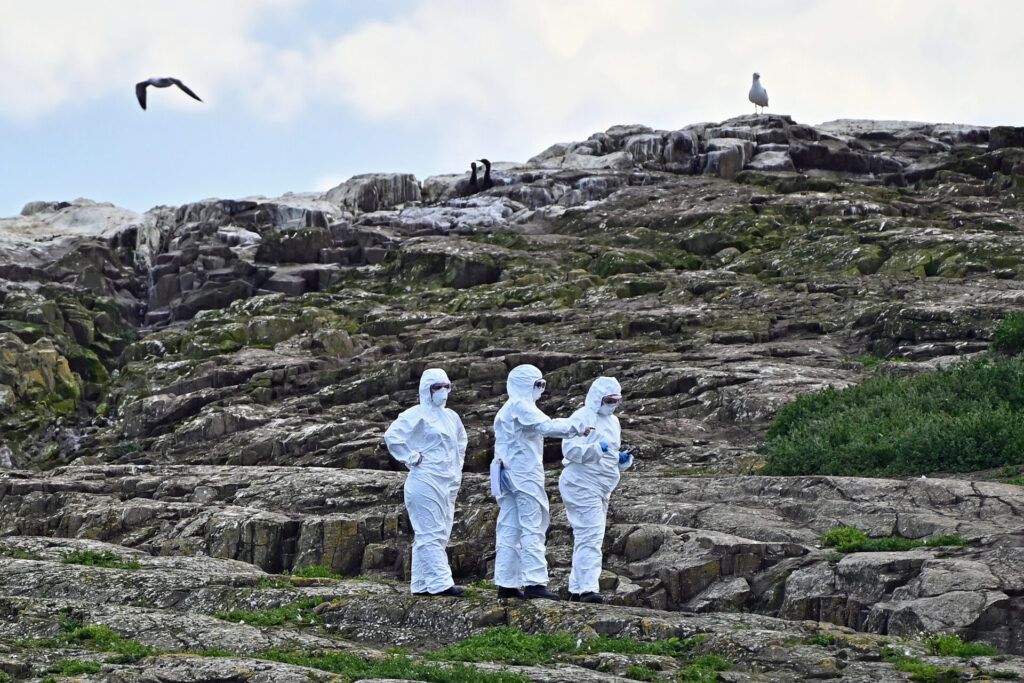 Rangers wear protective equipment last year on Inner Farne Island, an English seabird sanctuary, amid concerns over avian influenza. Credit: Ken Jack/Getty Images.
Rangers wear protective equipment last year on Inner Farne Island, an English seabird sanctuary, amid concerns over avian influenza. Credit: Ken Jack/Getty Images.
Editor’s note: This article is part of a collection of expert commentaries. You can read the rest of the series here.
Changes in climate and land use increase the risk of new diseases by driving mammalian species to cooler regions, where many will meet for the first time and exchange their pathogens. Climate change could drive more than 15,000 new cases of virus transmission between mammalian species in the next half century. This will take place in species-rich ecosystems at higher elevations and areas with high population density—in particular, Africa’s Sahel region, India, and Indonesia.
Our ability to predict where the next pandemic might start is an important element in preparedness. A 2008 paper looked at emerging infectious disease events between 1940 and 2004 to ask where they are most likely to originate. It predicted the relative risk of future emerging infectious disease events to be the highest in Asia and sub-Saharan Africa. Thus far, there has been little action and poor resource distribution to these hotspots. For example, countries most at risk, such as India and Indonesia, have lost significant forest cover since 2008, increasing the risk of zoonoses—pathogen transmission from non-human animals to people. Africa produces only 0.1 percent of the world’s total vaccine supply, the impact of which was so evident during the pandemic. Efforts to ramp up vaccine production in developing countries face difficulties.
Studies emphasize the urgent need to link pathogen surveillance and discovery efforts with ecosystem and land use shifts, especially in regions with high population density, mammalian diversity, and rapid warming. These studies raise a critical question: As the global climate warms, how prepared are new potential hotspots of emerging disease?
These hotspots are likely to be in areas with below average levels of development, inadequate scientific infrastructure for disease surveillance, and poor governance over activities—such as pathogen research—that entail “biorisks.”
The UN’s Human Development Index, a generally accepted measure of development, has an average score of 0.74. The Sahel—the swath of the African continent between the Sahara Dessert and the more humid regions to the south—scores well below average at 0.48, while India and Indonesia score just shy of average. These factors bode poorly for pandemic preparedness. The index quantifies human resources and capabilities by measuring access to education and health care and the country’s gross national income per capita. A better-informed populace with good access to health care and resources is systemically better prepared to deal with disease outbreaks locally—before they amplify and spread.
Pathogen surveillance and discovery require physical infrastructure, such as field collection units, and access to laboratories and technology. But preparing to deal with disease outbreaks also requires operational infrastructure in the form of biorisk management policies.
The Global BioLabs Project mapped Biosafety Level (BSL) 4 and BSL3+ labs, which are reserved for research on the most dangerous microbes, around the world and assessed national biorisk management plans in the countries that have them. The results are worrisome. Africa has only four such labs, with none in any of the Sahel countries, and biorisk management ranks poor to average. Indonesia has no labs. India has four, but the country scores low on biorisk management and matters of governance and stability. There is an urgent need to correct these physical and operational deficits. For example, Africa and India score very low on the governance of dual-use research (research that can be put to harmful or beneficial purposes), which has come under scrutiny as a possible path for the origin of SARS-CoV-2, the pathogen that causes COVID-19.
It’s not just the countries that could become pandemic hotspots that have work to do; the international community needs to overhaul its preparedness plans, as well.
The Pandemic Accord being negotiated at the WHO is one step in that direction. It seeks to address gaps in international cooperation that led to problems of equity, especially in access to lifesaving COVID-19 vaccines. Disappointingly, countries failed to reach an agreement by a critical deadline last week. But negotiators say they will seek more time in an attempt to salvage the accord. Intellectual property rights, the idea of asking rich countries to take on greater obligations, and the pathogen-access benefit sharing system—which requires countries with pandemic pathogen samples to share them and asks manufacturers to set aside 20 percent of pandemic products for equitable distribution—are key hurdles to reaching an accord. The pathogen-access benefit sharing system has already come under fire as being “shameful and unjust.”
During the COVID-19 pandemic, there was impressive progress in diagnostics and vaccines, the latter estimated to have saved 14-20 million lives in just the first year of use. But even after at least seven million deaths, narrow economic and political interests—such as the vaccine nationalism that delayed immunizations in much of the world—continue to dominate the narrative. It is sobering to remember that despite access to the best technology, the United States had over 1.2 million COVID-19 deaths. Given the lives lost to date and a cumulative global economic loss for the 2020-25 period that is predicted to be over $25 trillion, it’s imperative to invest resources in scientific infrastructure and biorisk governance both in future hotspots and globally. Tunnel vision on pandemic preparation has cost us enough.
Together, we make the world safer.
The Bulletin elevates expert voices above the noise. But as an independent nonprofit organization, our operations depend on the support of readers like you. Help us continue to deliver quality journalism that holds leaders accountable. Your support of our work at any level is important. In return, we promise our coverage will be understandable, influential, vigilant, solution-oriented, and fair-minded. Together we can make a difference.
Keywords: Pathogens Commentary
Topics: Biosecurity





